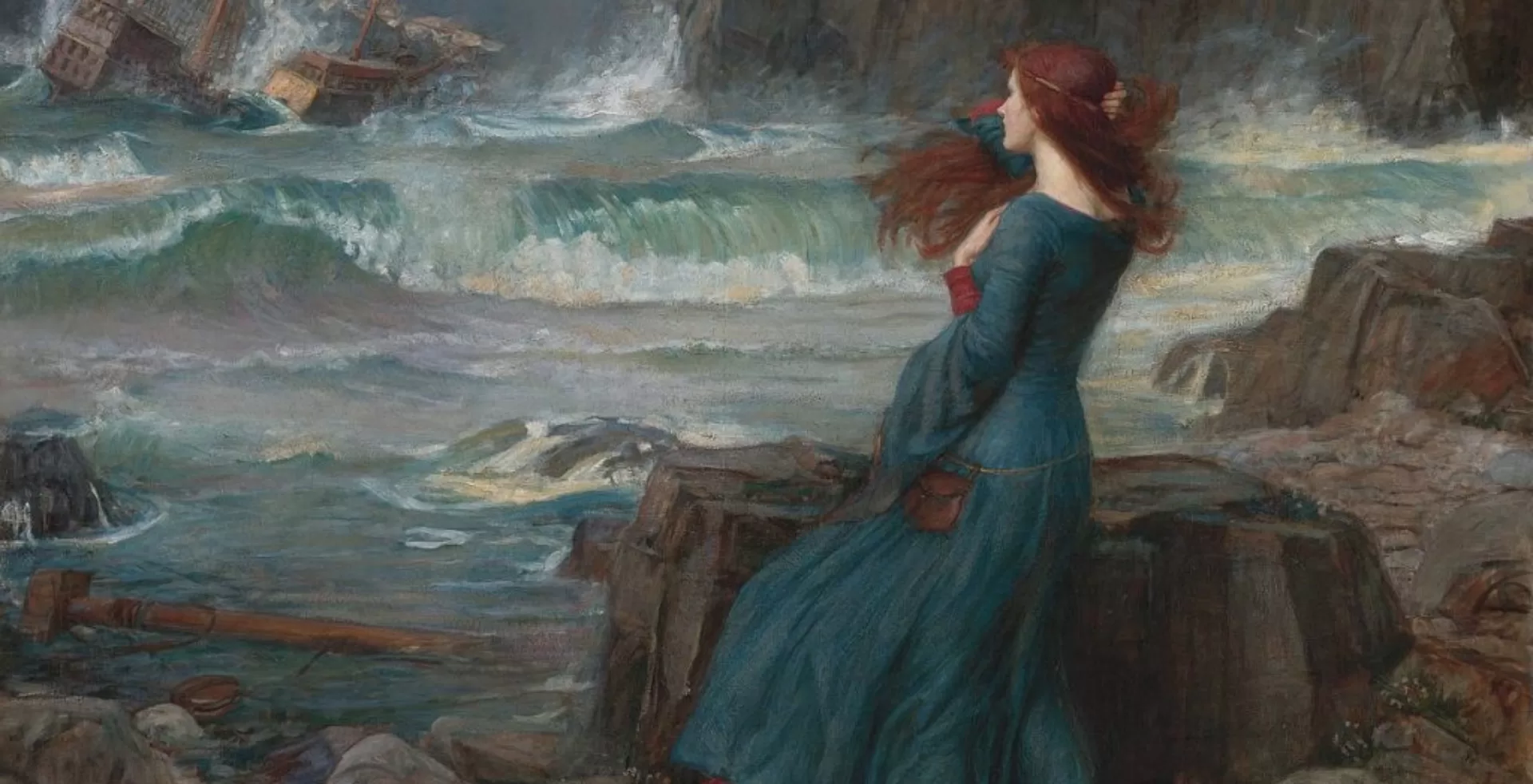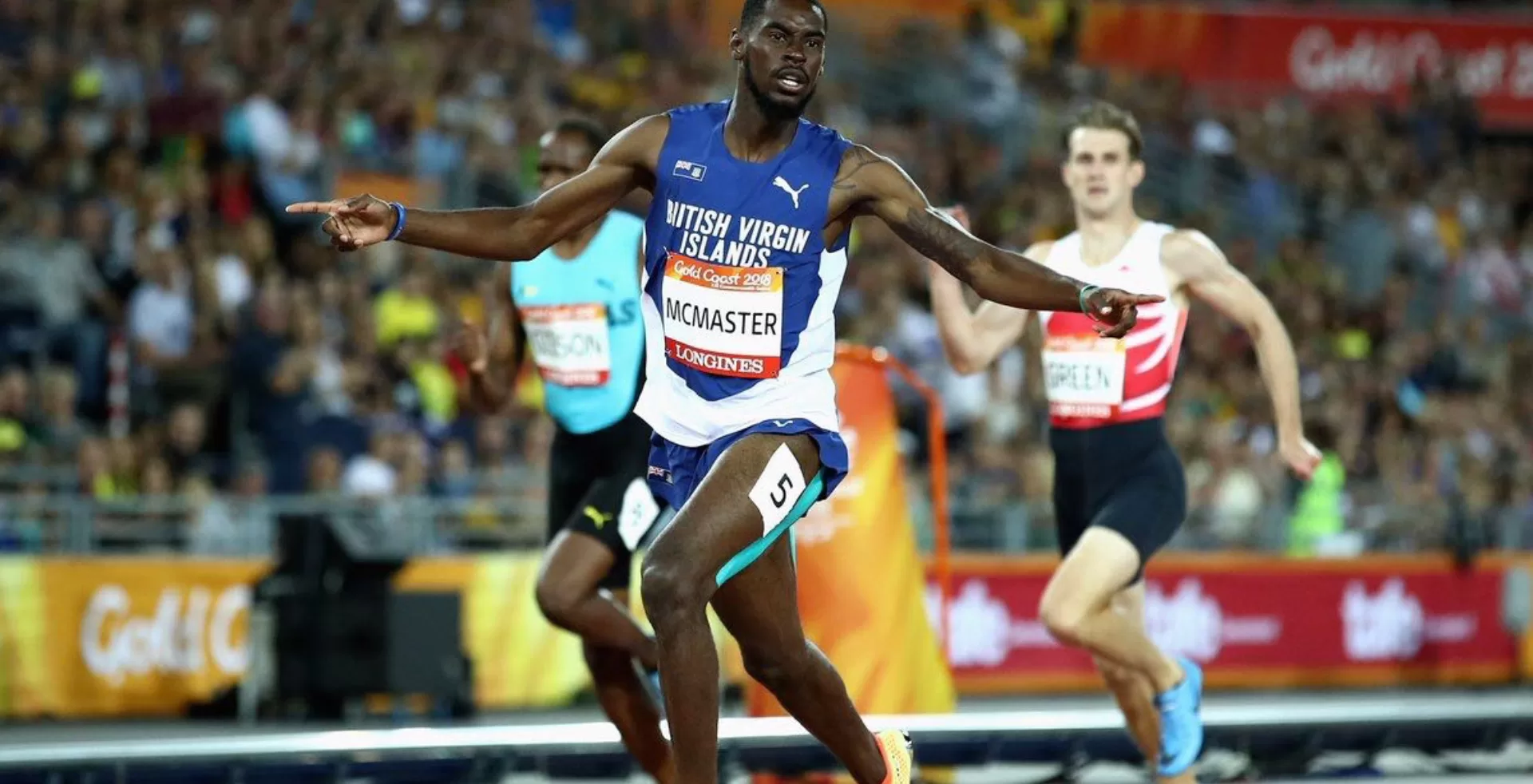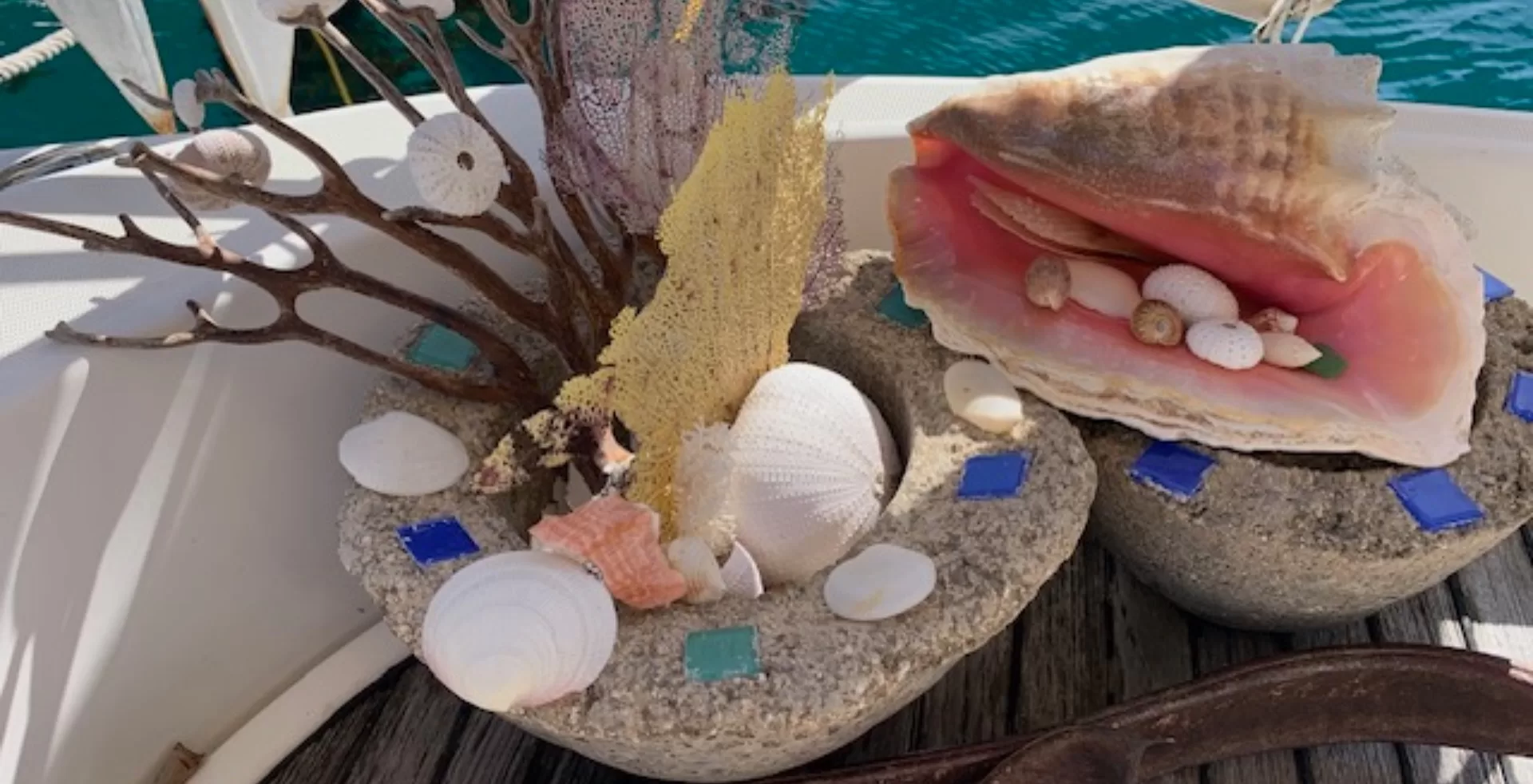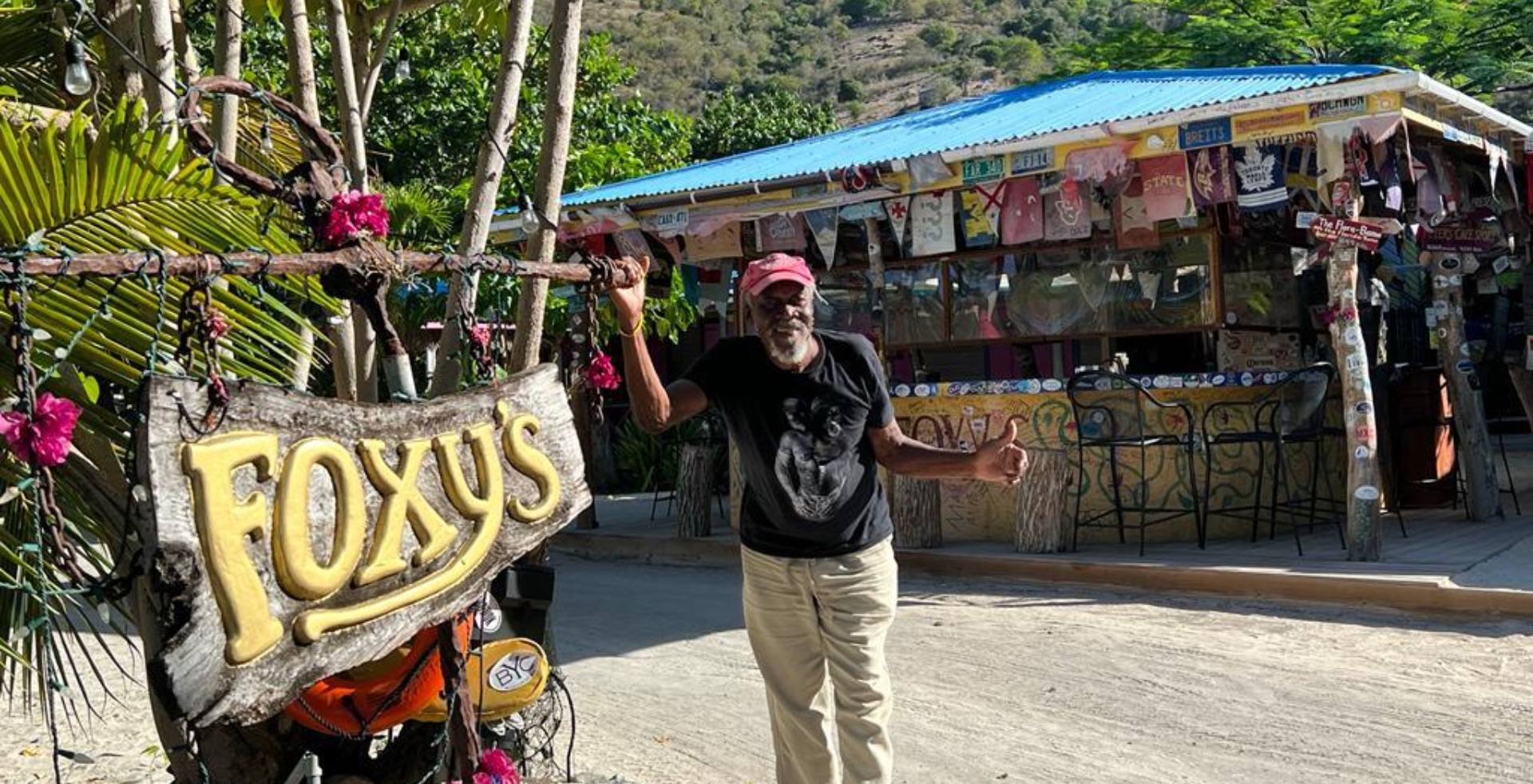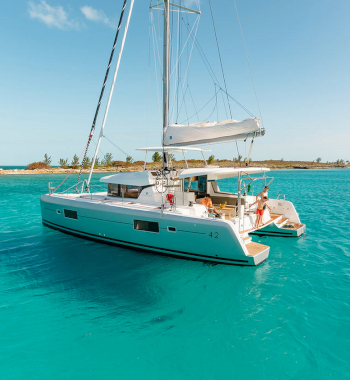Kingstown Church: The BVI’s Hidden History
by Jane Bakewell
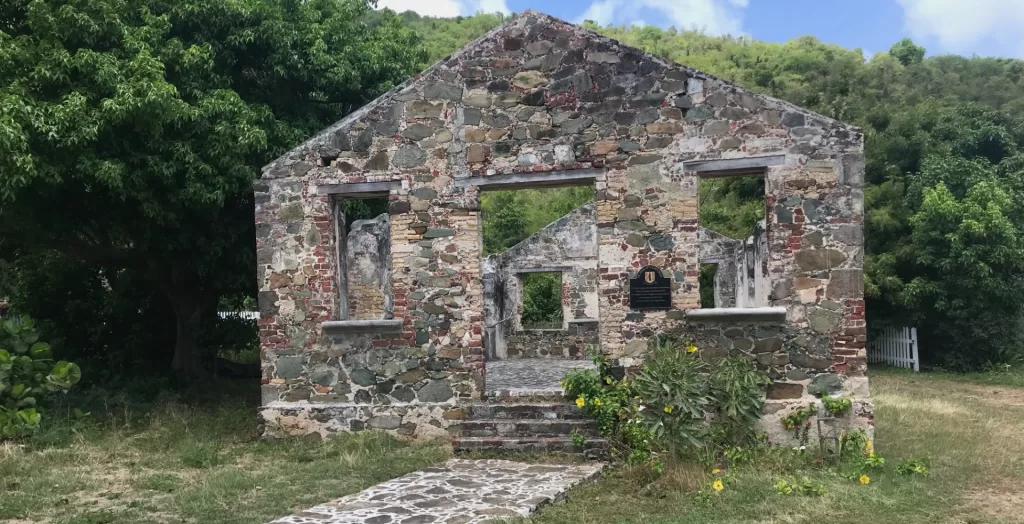
The British Virgin Islands has a fascinating cultural history sometimes shrouded in overgrown bush, peeking from non-accessible hilltops or lying in forgotten ruins and graveyards. One such BVI site, carefully preserved and restored is St. Philip’s Anglican Church, also known as the “African Church” in the area called Kingstown, just across from the shores of Brandywine Bay, on East End of Tortola.
Kingstown is the Oldest Freed Black Church in Caribbean
Sailing, snorkeling or standing waist-deep off a beach in the aqua Caribbean waters with a frosty, fruit-garnished rum punch in hand, may in fact be your idea of paradise. But digging a little deeper on your island adventure may yield some other special memories.
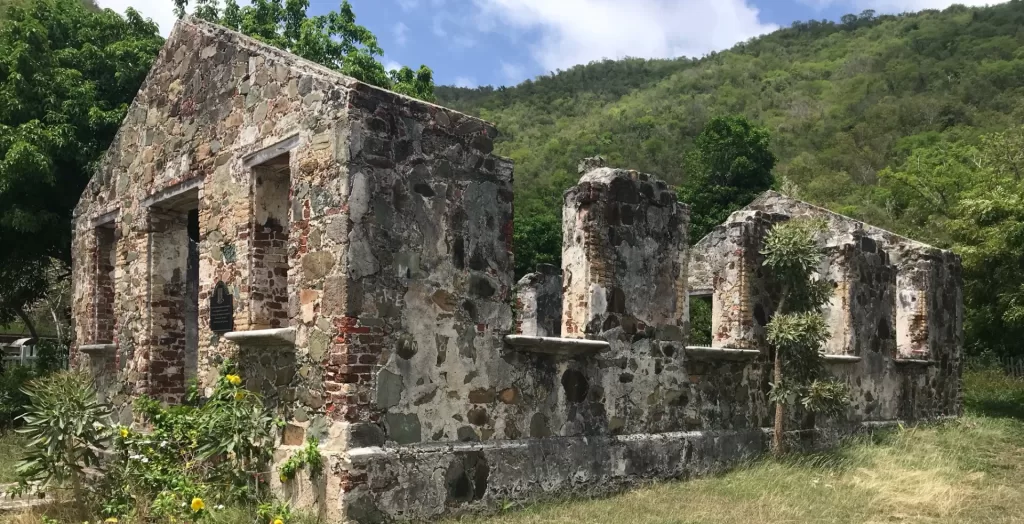
Come along with me as this 1841 BVI stone and coral house of worship tells its story of liberated African history, pre-emancipation – a story that, frankly, many are unaware of. The church is located just off Tortola’s eastern coast road, about half way between Road Town and East End, and across from prominently marked Cedar School. An unmarked entrance leads to a broad ground parking area shared with a small restaurant.
Set in a garden area surrounded by trees such as sour sap, tamarind, guinep, and a calabash tree, the subtle grey stone structure stands intact minus a roof. Thanks to historical preservationists, St. George’s Anglican Church and Association for the Preservation of Virgin Island History (APVIH), this structure still stands as the oldest “free black church” building to survive in the Americas. Now that alone deserves a “selfie” with the church as a backdrop.
A low fence entrance with a gate leads to a stone and mortar path (historically reconstructed like stone and coral walls along the roadside) to the open church entrance. Once inside of the otherwise bare space, is a simple stone altar towards the front with a concrete slab top. The large original window structures and open doorway direct your view to the sea which, ironically carries the history of the liberated Africans.
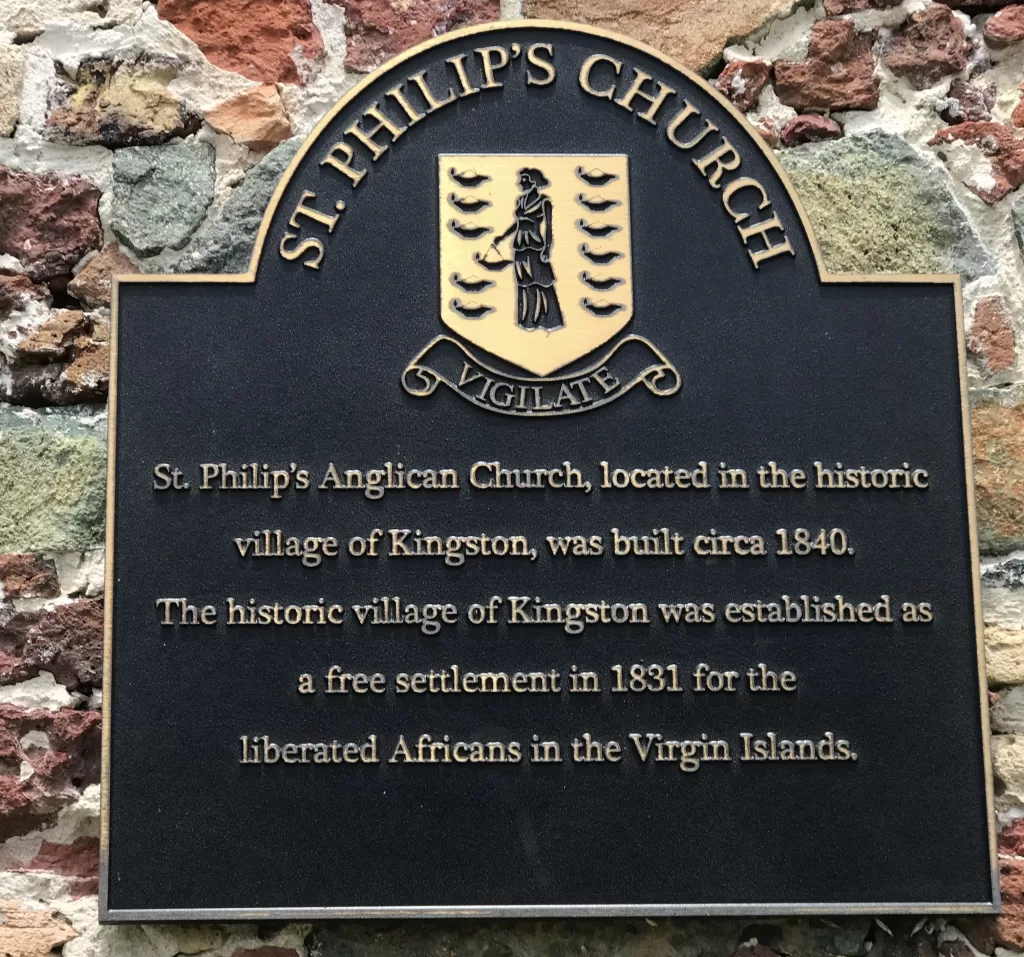
Freed from slave ships in the mid-1800s by the British Royal Navy, which patrolled the Caribbean, these sea-faring African souls were the beneficiaries of the Abolition Act of 1807, which banned the transatlantic slave trade. Once deposited on these shores these Africans were granted rights other slaves did not enjoy until full emancipation in 1834.
The Kingstown Settlement, reveals historic BVI culture
In 1831 the colonial government of the BVI granted land plots in Kingstown for these Africans to settle, farm the land, grow provisions and form a community. After a term of indenture or “apprenticeship” that lasted 14 years, they were granted “certificates of freedom.” Many of these early settlers traced their lineage back to the original African Igbo culture, which has been researched by humanities professors at the at the H. Lavity Stoutt Community College, including, former HLSCC professor Pat Turnbull, who wrote a book on the subject, “If These Stones Could Talk.”
Over time with the influence of Christian educators and missionaries many embraced Christianity. As teachers came into the community to help educate and impart biblical values, schools and religious training seemed to go hand -in-hand. As the community grew, there was a desire to have their own church to hold services. Ten years later, in 1841, the government supported their construction of the Anglican stone church dedicated to St. Phillip, one of the twelve New Testament apostles.
St. Philips Restoration Project
The St. Phillip’s Restoration Project has now officially entered Phase II. This effort will focus on the grounds and the stone burial mounds scattered around the back and hill-facing side of the church. An archeological team came in from St. Croix with ground penetrating radar equipment and were able to identify various unmarked burial mound sites. Some of these sites are visible, but not easily accessible due to the overgrowth on the grounds at this time. More landscaping and benches for quiet meditative moments are planned as well. Phase III will include a learning center with multi-media and audio-visual displays.
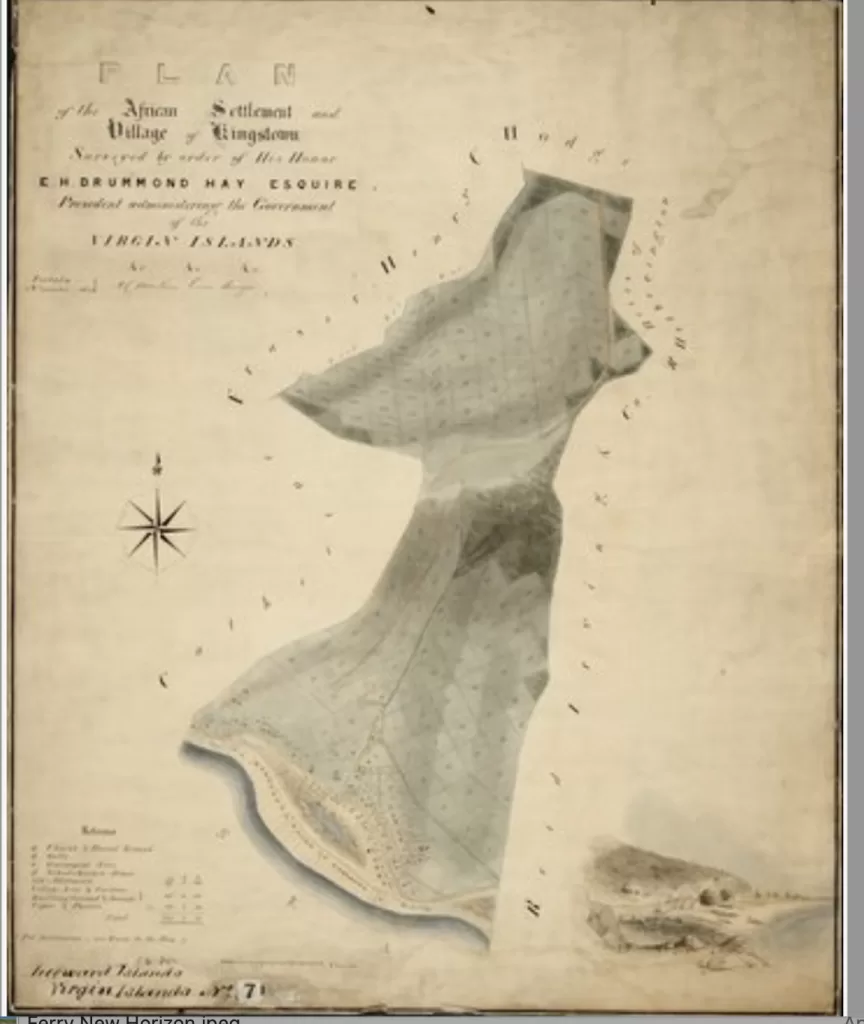
It is interesting to also note that occasionally civil marriage ceremonies are conducted within its walls, which are considered “open air ceremonies.” The little stone church bravely holding up her walls, continues to stand as a historical monument to the abolition of the slave trade and a visual reminder of the territory’s religious heritage.
The BVI’s Kingstown Church tells an important story of liberated Africans. It is worth a stop and look around, reflecting on the rich cultural heritage of the Caribbean and listening to the voices of the past that are still speaking. The St. Philip’s Church and Kingstown Park area, is open to the public.
For more information on BVI History go to The BVI Insider’s history and culture page:
The BVI Tourist Board website has additional information on the BVI

